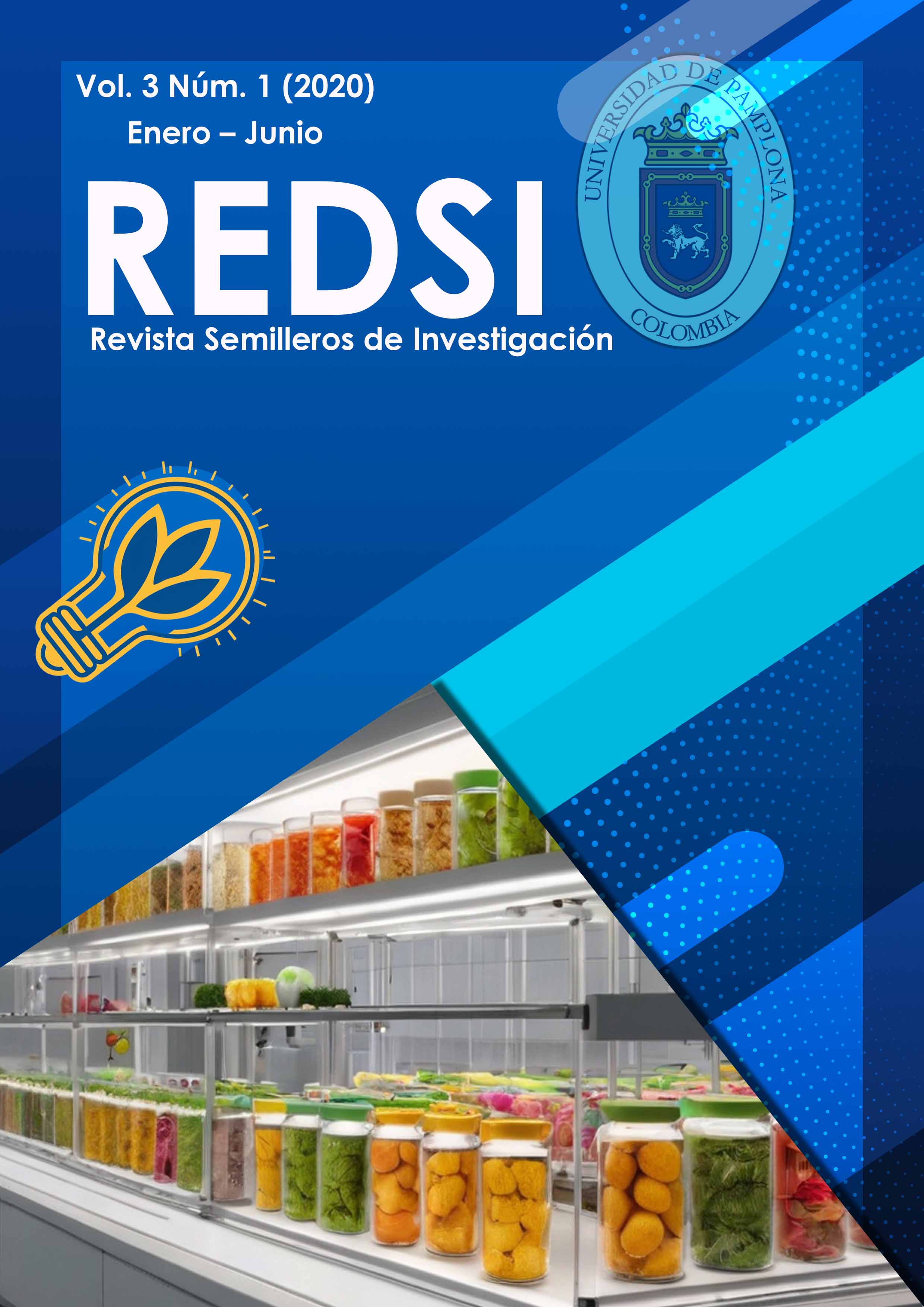Manufactura aditiva para aceros inoxidables por procesos SLM
DOI:
https://doi.org/10.24054/sei.v3i1.1190Palabras clave:
Manufactura aditiva, SLM, Acero inoxidable, MolecularResumen
La manufactura aditiva (AM), es una técnica usada para la creación de piezas con geometrías complejas, que ha revolucionado el área del diseño y la fabricación en la industria y se puede utilizar con materiales de diferentes propiedades como los polímeros, materiales cerámicos y materiales con propiedades metálicas como por ejemplo en aceros inoxidables. Este artículo presenta un análisis de esta técnica, utilizando información específica sobre AM en aceros inoxidables por fusión selectiva por láser (SLM). Haciendo un breve recuento sobre las ventajas de ésta y los avances que representa la AM en la elaboración de piezas usadas en la ingeniería y demás campos a fines, para luego hacer una descripción detallada sobre como es este proceso y en qué consiste. Posteriormente se presenta información que describe las materias primas, características físicas y moleculares del acero inoxidable elaborado mediante SLM, con la finalidad de dar a conocer más de cerca este tema en específico. Finalmente se presentan las conclusiones a las que se llegó con la realización de este estudio.
Referencias
Anderson et al. (1991). Flow mechanisms in high-pressure gas atomization. Mater Sci Eng A, 101.
Babu et al. (2010). Characterization of interfacial microstructures in 3003 aluminum alloy blocks fabricated by ultrasonic additive manufacturing. Acta Materialia, 4305.
Champagne et al. (1984). (Rotating Electrode Process) atomization mechanisms. Powder Metall Int, 125.
Debroy et al. (2018). Additive manufacturing of metallic components – Process, structure and properties. Progress in materials science, 112.
Frazier et al. (2014). Metal Additive Manufacturing: A Review. Journal of Materials Engineering and Performance volume, 27.
Garibaldi et al. (2016). Metallurgy of high-silicon steel parts produced using Selective Laser Melting. Acta mater, 207.
Hsu at el. (2019). Microstructure and property of a selective laser melting process induced oxide dispersion strengthened 17-4 PH stainless steel. Journal of Alloys and Compounds, 30.
Karlsson et al. (2013). Caracterización y comparación de materiales producidos por fusión por haz de electrones (EBM) de dos fracciones de polvo de Ti-6Al-4V diferentes. J Mater Process Technol, 2109.
Khalid et al. (2011). Direct metal deposition (DMD) of H13 tool steel on copper alloy substrate: Evaluation of mechanical properties. Materials Science and Engineering: A, 8.
King et al. (2016). Laser powder-bed fusion additive manufacturing: Physics of complex melt flow and formation mechanisms of pores, spatter, and denudation zones. Acta Materialia, 36.
Laleh et al. (2019). On the unusual intergranular corrosion resistance of 316L stainless steel additively manufactured by selective laser melting. Corrosion Science, 7.
Liu at el. (2020). Effect of scanning speed on the microstructure and mechanical behavior of 316L stainless steel fabricated by selective laser melting. Materials & Design, 186.
Manvatkar et al. (2011). Estimation of melt pool dimensions, thermal cycle, and hardness distribution in the laser-engineered net shaping process of austenitic stainless steel. Metall Mater Trans, 2080.
Okamoto et al. (1990). Effect of atomization variables on powder characteristics in the high-pressured water atomization process. Met Powder Rep, 38.
Pinkerton et al. (2005). Direct additive laser manufacturing using gas- and water-atomised H13 tool steel powders. Int J Adv Manuf Technol, 471.
Sames et al. (2016). The metallurgy and processing science of metal additive manufacturing. Int Mater Rev, 315.
Yadollahi et al. (2015). Effects of process time interval and heat treatment on the mechanical and microstructural properties of direct laser deposited 316L stainless steel. Mater Sci Eng A, 171.
Yang et al. (2012). Microstructure and mechanical properties of laser forming repaired 17–4PH stainless steel. Mater Sci Eng A, 80.
Zhang et al. (2017). Fabrication of inclined thin-walled parts in multi-layer single-pass GMAW-based additive manufacturing with flat position deposition. Journal of Materials Processing Technology, 397.
Descargas
Publicado
Número
Sección
Licencia
Derechos de autor 2020 SEMILLEROS DE INVESTIGACIÓN

Esta obra está bajo una licencia internacional Creative Commons Atribución-NoComercial-CompartirIgual 4.0.








